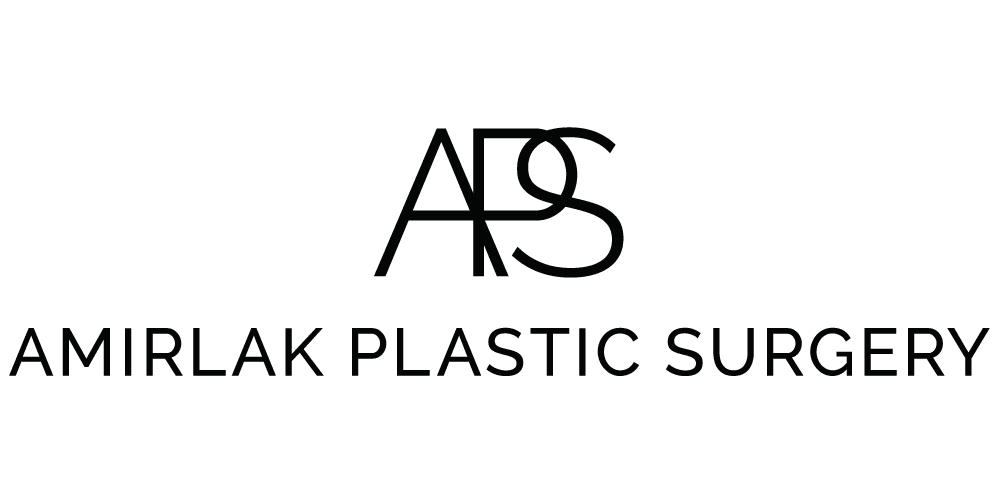Female to Male Surgery / FTM Surgery in Dallas TX
FTM Top Surgery & Facial Masculinization Surgery
What is Involved in Female to Male (FTM) Top Surgery?
Female-to-male (FTM) or female-to-nonbinary (FTN) top surgery is a gender-affirming procedure performed for transgender men and non-binary individuals, in order to form a masculine chest. This surgery, paired together with hormonal therapy, maybe the only surgical step that one takes for their transition.
Female-to-male top surgery generally involves the removal of breast tissue, resulting in a procedure that may not be reversible. For this reason, it is imperative that the WPATH guidelines are followed. The goal of female-to-male top surgery is to provide the best outcome for gender affirmation surgery. The standard is not only to achieve a flat chest but also to achieve a masculine chest, where the pectoralis area and nipple are proportionate together.
There are several options for FTM top surgery:
Double Incision Top Surgery with Nipple Grafts
Double incision top surgery with free nipple and areola grafts provides the best outcome for a flat and masculine chest. Adjunct high-definition 3-dimensional liposuction is very important, especially in the areas of the lateral chest to define the pectoralis border, as well as to avoid extra bunching of tissue after surgery (dog ears), and provides the best outcome for a masculine-looking chest. Generally, nipple sensation will be decreased or will be completely absent following this surgery.
In surgery, the nipple and areola are separated and grafted back on independently. This provides the most aesthetically pleasing nipple-areola complex that is similar to a male nipple-areola. The areola is also reduced in diameter to match the standard male areola size, which typically ranges from 22 mm to 28 mm in diameter.
This FTM top surgery procedure is typically recommended for people with larger chest tissue and extra skin.
In certain skin types, such as African American patients, the areola may have long-term discoloration. In such cases, we recommend 3-dimensional tattoos to create the nipple-areola complex. Although not routine, we offer this option, which creates a relatively natural-looking nipple-areola complex.
This female-to-male top surgery procedure is usually an outpatient surgery that takes between 2-3 hours for the surgeon to perform. We use a special tape with glue closure of the skin which provides the best long-term outcomes for the scars.
To see an example of a before and after the result of a double incision FTM surgery, as well as a video of intraoperative details of the surgery please visit www.amirlakplasticsurgery.com or our before and after gallery.
Please click here to see an example of a double-incision mastectomy with free nipple grafting.
Double Incision Top Surgery with Pedicle Nipple Areola Complex
This FTM top surgery procedure is very similar to the double incision top surgery with nipple-areola grafts, with the exception that the nipple and areola are not placed back as free grafts, but kept on a pedicle of tissue which can potentially preserve the sensation. This also may result in a more natural nipple-areola complex. Regardless of these advantages, most patients prefer the previous option as it provides a more flattering masculine chest and avoids potential blood flow issues to the nipple.
Transareolar or Periareolar Incision
If the patient has a small amount of chest tissue with minimal redundant skin, then the entire tissue can be removed through a small incision in the areola. We also use an endoscopic minimally invasive approach to make this operation easier on the patient’s recovery and improve the overall outcomes. With patients that present with large nipples, a staged nipple reduction is done in the office following the initial procedure.
To see an example of a before and after case following transgender areolar minimally invasive female-to-male surgery please click here.
What are the Risks of FTM Transgender Top Surgery?
Infection or bleeding under the nipple could result in full or partial necrosis, as well as nipple-areola loss. This is avoided by using a compression garment and special topical compression foam for one week following FTM surgery.
Hematoma or bleeding under the mastectomy breast tissue is a potential risk following female-to-male surgery. This can be prevented by avoiding heavy lifting and increased physical activity after surgery, as well as avoiding all daily activities that increase blood pressure. Avoiding medications such as aspirin, ibuprofen (Motrin), fish oil, glucosamine, chondroitin, vitamin E, and Omega 3 for two weeks before FTM top surgery can decrease the incidence of unwanted bleeding during or after surgery. Please see the complete list of medications that are to be avoided at least two weeks before surgery.
Additional revisionary surgery may be desired by a patient in order to address any extra tissue. This is done by excision at either end of the incision (dog ears), which may not be covered by insurance.
Fill Out Our Online Contact Form
Do I Have to Stop Hormonal Treatment Before Female to Male Surgery?
We generally recommend stopping the last dose of testosterone injection before FTM top surgery. Although some recent studies may suggest that the injection does not have to be stopped, we still recommend this until more conclusive data is available.
Facial Masculinization Surgery (FMS)
Facial masculinization includes several surgical options including rhinoplasty, chin augmentation with implants and widening the angles of the jaw, which can be done with fillers and fat injections.
Please click this link to see an example of filler injections for jawline masculinization.
Schedule an FTM Consultation
Dr. Amirlak proudly provides transgender patients from Dallas, TX and surrounding areas with Female to Male Top Surgery and Facial Masculinization Surgery. Contact Amirlak Plastic Surgery at (214) 974-4948 or fill out a Contact Form here.



